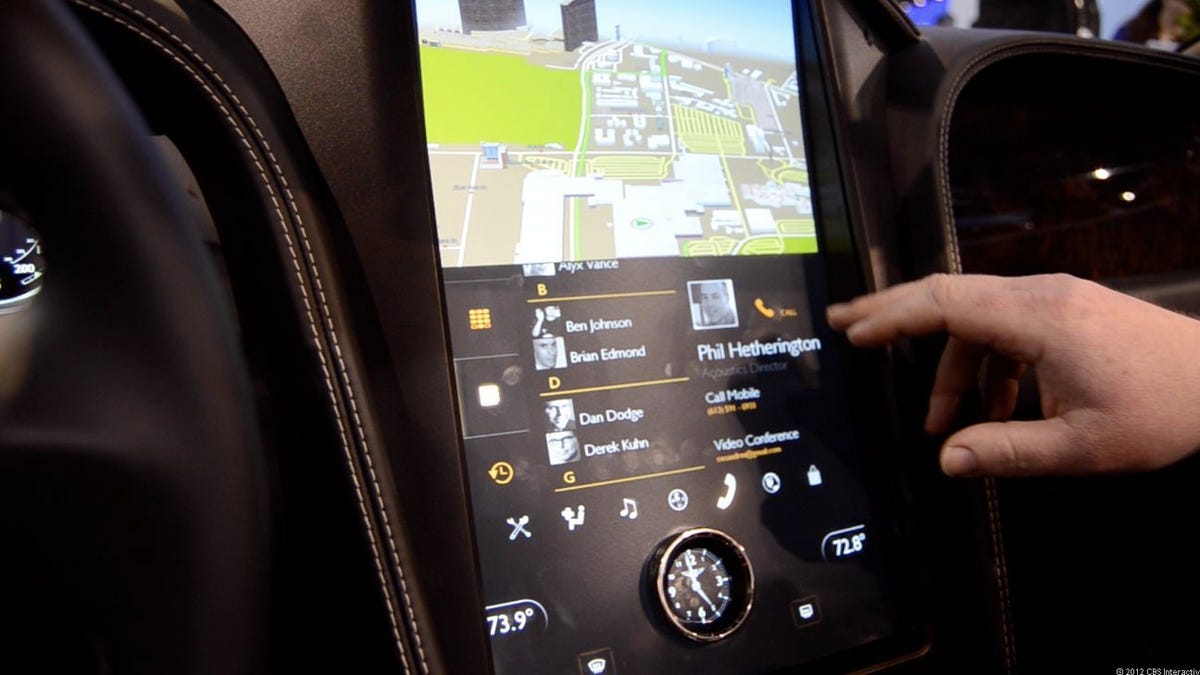QNX updates its CAR platform, wants your next ride to support Android apps
A version 2.1 update to QNX's infotainment platform puts standardized tools in the hands of mobile developers.

At the Telematics Detroit Conference today, QNX pulled the wraps off of a new version 2.1 of its QNX CAR Platform for Infotainment.
The new QNX platform builds on the provider's telematics and infotainment architecture to enable developers to adapt Android apps for use in the car and to create apps and interfaces based on the Qt 5 application framework. This builds on the CAR Platform's previous support for HTML5 and OpenGL ES standards, giving mobile developers an assortment of widely supported tools to build software for your next car.
The new version of the QNX CAR Platform also supports more hardware options, including Nvidia's Tegra 3, Texas Instruments' OMAP 5 and Jacinto 5 Eco, and the Freescale i.MX 6Dual and i.MX 6Quad platforms.
This is all pretty inside baseball type stuff -- QNX's "customers" are the automakers, so it's not as though you can just run out and install QNX CAR 2.1 software on your car tomorrow -- so how does this affect you, the consumer?
By giving developers familiar tools to build apps and interfaces for cars, you as the consumer stand to benefit from better infotainment systems in the next generation of vehicles (and many current-gen models as well). It also means that its easier for new players to enter the market and it smooths the way for your favorite car-centric application to makes its way to a dashboard near you.
By making the car's dashboard operate more like a mobile device, QNX platform also makes it easier for automakers to add new features and push updates or improvements to your car throughout its life.
QNX is making its CAR 2 Platform for Infotainment available to select automotive customers through a pilot program as early as July 2013 with a wider rollout being made available to other OEMs later this year.

